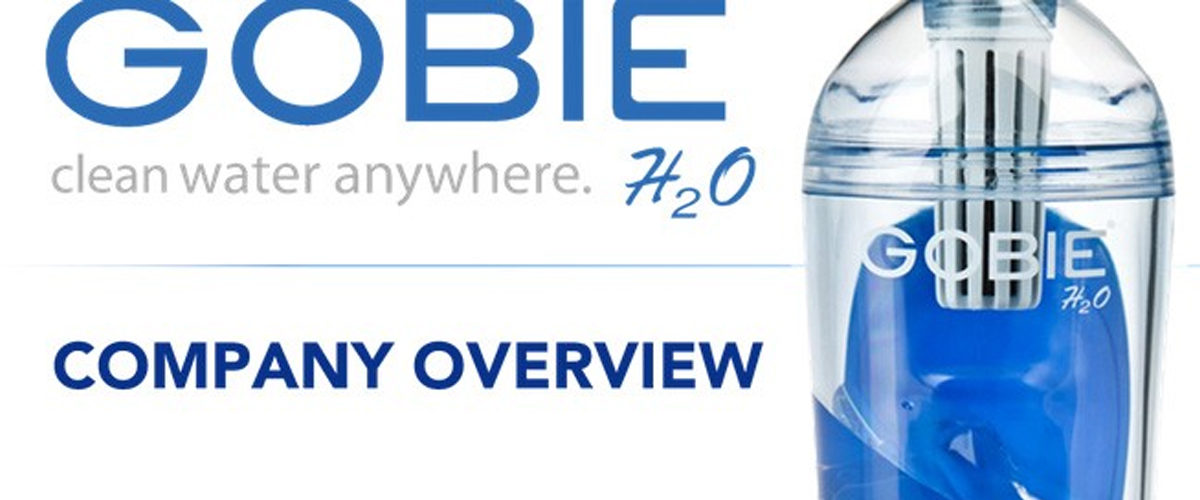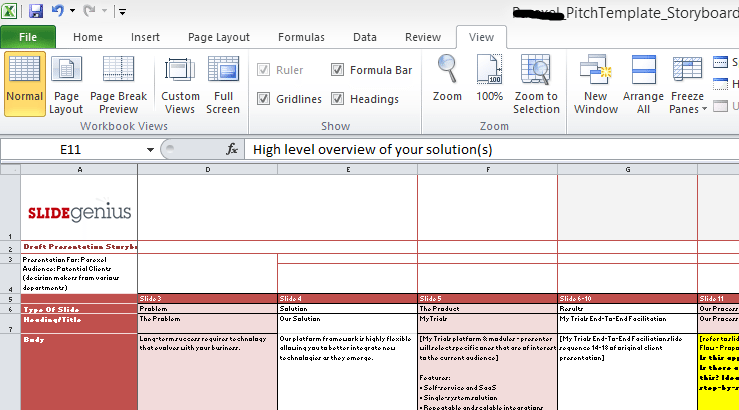To sell effectively, make your clients listen to you and give you their undivided attention.

Developing a commanding stage presence is a vital skill for every presenter. Some presenters may be energetic enough to gradually build the hype needed to sell while others have engaging stories to tell.
With a well-developed stage presence, presenters connect with their audiences and form strong relationships with them through their well-crafted speeches and pitch deck presentations.
This is useful when doing sales pitches.
Harvard Business Review Press (2010) recommends four steps to achieve this:
1. Define Your Communication Style
The first step to developing your stage presence is to define your own communication style.
- Are you a storyteller?
- Do you prefer to start with the current situation, then introduce something to change it?
- Or do you want to spend a few minutes to get to know your audience first?
Whether you want to make an energetic pitch or employ cool, quiet confidence, know which approach you are more comfortable with and stick with that.
2. Focus on the pitch deck
You may be physically present in the conference room, but it’s more important to be mentally and emotionally focused on the people and task at hand.
This is the basis of the saying “putting yourself into what you’re doing.” According to speech trainer Michelle Mazur, focusing on your pitch deck means stepping outside your personal sales goals, and pitching something that would benefit your prospects.
Doing this gives your audience the impression that you’re completely interested in connecting with them and offering them something worth listening to and investing in.
3. Use Your Expressions to Your Advantage
Facial expressions, conversational voice tones and body language are all major contributors to making a dominant stage presence, even more so than your verbal content.
If you use your emotions and play to your passions to show that you’re motivated, your audience is more likely to latch on to that feeling and become as interested as you are.
4. Connect with Your Audience
The most important pitch technique is to build a connection with your audience.
Every client has their own set of expectations, and it’s the presenter’s job to meet those. Take time to know who you are presenting to beforehand.
Use stories, metaphors, and appeal to shared beliefs to establish your credibility in front of your clients. Have them trust you to make a convincing sales pitch.
One More Thing: Integrity Matters
As with every business, clients are looking for partners they can trust. They need to find the people who can help them grow and form a long-term business relationship with.
To get the partners you need, give them the impression that you’re a credible partner who’s confident of their ability to help. This depends on how you use your pitch deck to sell yourself.
To get the help you need, take a few minutes to consult with a professional pitch deck partner to gain that selling advantage.

Download free pitch deck templates now.
Get professionally designed pitch deck slides weekly.
Sign Up NowReferences
“5 Ways To Make The Audience The Star Of Your Presentation.” Fast Company. January 29, 2015. Accessed June 12, 2015.
Guide to Persuasive Presentations. (2010). Boston, Mass.: Harvard Business Review Press.



 Who better to give advice for an angel investment pitch, than an angel investor himself? Edward Harley, Angel Investor and member of the Keiretsu Forum, lays out exactly what you need to do to become part of the “top 5% of all presenters.” Though his context lies in the world of investor pitches, his advice is true and useful for anybody presenting about any subject.
Who better to give advice for an angel investment pitch, than an angel investor himself? Edward Harley, Angel Investor and member of the Keiretsu Forum, lays out exactly what you need to do to become part of the “top 5% of all presenters.” Though his context lies in the world of investor pitches, his advice is true and useful for anybody presenting about any subject.

